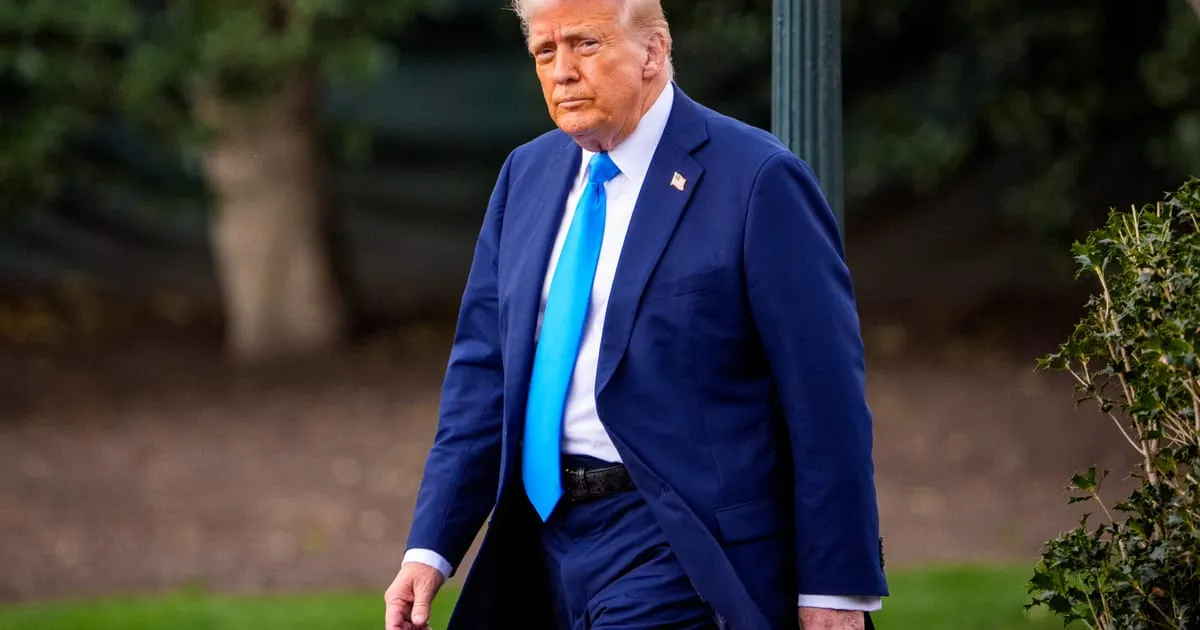
In the wake of significant global market turmoil, U.S. President Donald Trump made headlines on Friday by indicating the possibility of tariff exemptions for certain countries. While addressing reporters aboard Air Force One en route to Florida, Trump emphasized that a 10 percent tariff would remain the baseline. “There could be a couple of exceptions for obvious reasons, but I would say 10 percent is a floor,” he stated, although he did not specify what those "obvious reasons" might be.
Trump's remarks follow a series of actions that have caused significant fluctuations in stock markets. Recently, the president imposed higher tariffs on numerous countries, but he quickly reversed some of these decisions, delaying the implementation by 90 days after observing the financial markets react with alarm. Investors expressed concerns that the new import duties could adversely affect the global economy, leading to uncertainty in market conditions.
Despite the turmoil, President Trump asserted that the U.S. economy is in “great shape.” He defended his trade policies, claiming that the reduction of tariffs to 10 percent was a move aimed at fairness towards other nations. This approach, he argues, reflects a balanced strategy in international trade relations.
When questioned about the ongoing trade war with China, Trump praised Chinese President Xi Jinping, describing him as “a very good leader, a very smart leader.” He expressed optimism, suggesting that “something positive is going to come” from the current situation.
In a retaliatory move, Beijing announced on Friday that it would raise tariffs on all U.S. goods to an eye-popping 125 percent. This escalation mirrors a similar action taken by the White House, which had previously increased duties on Chinese imports to the same level, adding to an existing 20 percent levy. The back-and-forth tariff increases underscore the growing tensions between the two economic superpowers and the potential implications for the global market.
As the situation develops, stakeholders across various sectors remain watchful of any further announcements regarding tariff policies and the potential impact on international trade dynamics. The future of trade relations will likely hinge on continued dialogue and negotiations between the U.S. and its trading partners.